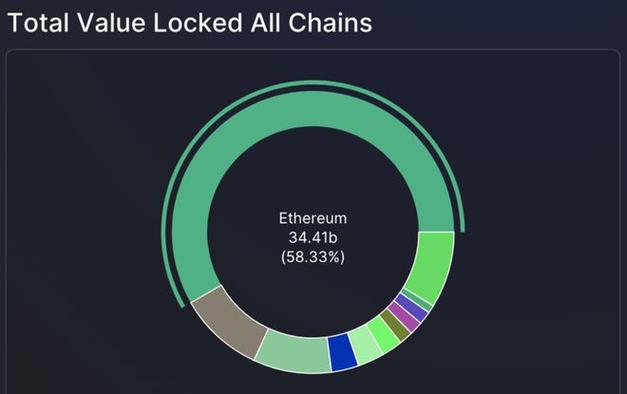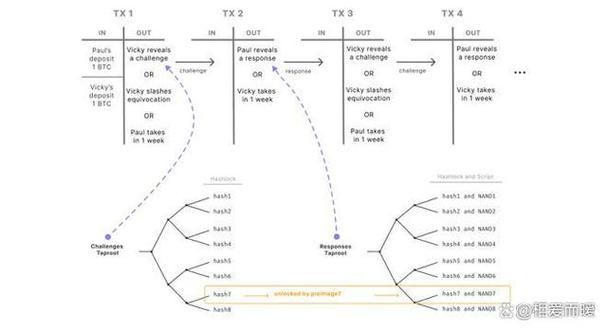
ADA vs ETH 2.0: A Comprehensive Comparison
When it comes to blockchain technology, Ethereum (ETH) and Cardano (ADA) are two of the most prominent cryptocurrencies. Both have their unique features and advantages, making them popular choices among investors and developers. In this article, we will delve into a multi-dimensional comparison of ADA and ETH 2.0, covering aspects such as technology, market performance, and community support.
Technology
Ethereum, launched in 2015, is a decentralized platform that enables smart contracts and decentralized applications (DApps). It uses a proof-of-work (PoW) consensus mechanism, which requires miners to solve complex mathematical problems to validate transactions and secure the network. On the other hand, Cardano, launched in 2017, is a blockchain platform that aims to provide a more secure, transparent, and sustainable infrastructure for decentralized applications. It uses a proof-of-stake (PoS) consensus mechanism, which is more energy-efficient than PoW.

| Technology | Ethereum | Cardano |
|---|---|---|
| Consensus Mechanism | Proof-of-Work (PoW) | Proof-of-Stake (PoS) |
| Smart Contracts | Yes | Yes |
| Interoperability | Work in progress | Planned |
One of the key differences between ADA and ETH 2.0 is their consensus mechanisms. Ethereum is currently transitioning from PoW to PoS with its Ethereum 2.0 upgrade, which is expected to improve scalability and reduce energy consumption. Cardano, on the other hand, has already implemented a PoS mechanism, making it more energy-efficient from the start.
Market Performance
When comparing ADA and ETH 2.0 in terms of market performance, it’s essential to consider their historical data and current market trends. As of the time of writing, Ethereum has a higher market capitalization than Cardano, making it the second-largest cryptocurrency by market cap, behind Bitcoin. However, ADA has seen significant growth in its market value over the past few years, partly due to its strong community support and innovative technology.
Let’s take a look at some historical data to better understand the market performance of both cryptocurrencies:
| Market Performance | Ethereum | Cardano |
|---|---|---|
| Market Cap (USD) | ~$200 billion | ~$60 billion |
| Price (USD) | ~$1,800 | ~$0.30 |
| Market Rank | 2 | 10 |
As you can see, Ethereum has a significantly higher market capitalization and price compared to Cardano. However, this doesn’t necessarily mean that ADA is a worse investment. It’s essential to consider the potential growth and long-term prospects of each cryptocurrency.

Community Support
The success of a cryptocurrency often depends on its community support. Ethereum has a large and active community, with numerous developers, investors, and enthusiasts contributing to its growth. Cardano also has a strong community, with a focus on research, education, and collaboration. Both cryptocurrencies have active forums, social media channels, and meetups, making it easy for users to stay updated and engaged.
One of the key advantages of Cardano’s community is its emphasis on research and development. The Cardano Foundation has invested heavily in academic research, aiming to improve the platform’s security, scalability, and sustainability. This focus on innovation has helped Cardano gain a reputation as a leading blockchain platform.
Conclusion
In conclusion, ADA and ETH 2.0 are both promising cryptocurrencies with unique features and advantages. While Ethereum has a higher market capitalization and price, Cardano’s PoS mechanism, strong community support, and





